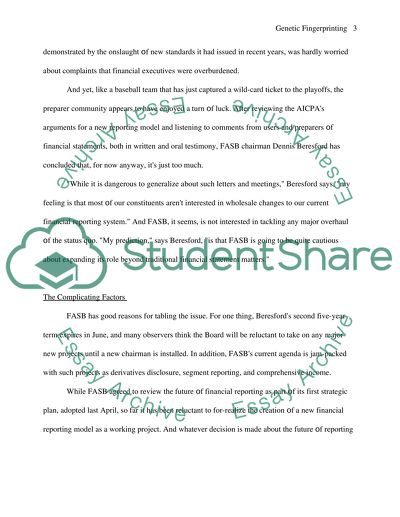Cite this document
(“Harmonization and Financial Reporting Coursework”, n.d.)
Retrieved from https://studentshare.org/miscellaneous/1529427-harmonization-and-financial-reporting
Retrieved from https://studentshare.org/miscellaneous/1529427-harmonization-and-financial-reporting
(Harmonization and Financial Reporting Coursework)
https://studentshare.org/miscellaneous/1529427-harmonization-and-financial-reporting.
https://studentshare.org/miscellaneous/1529427-harmonization-and-financial-reporting.
“Harmonization and Financial Reporting Coursework”, n.d. https://studentshare.org/miscellaneous/1529427-harmonization-and-financial-reporting.


